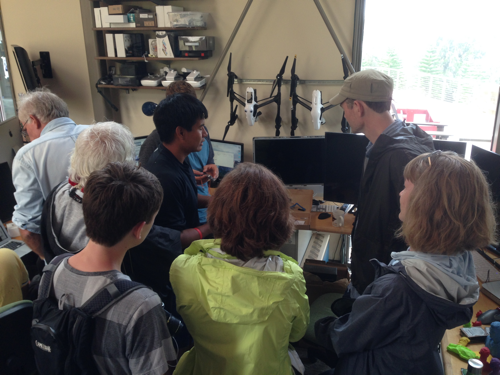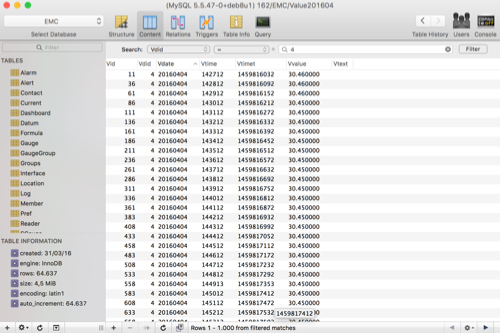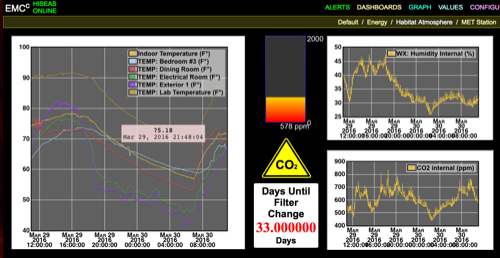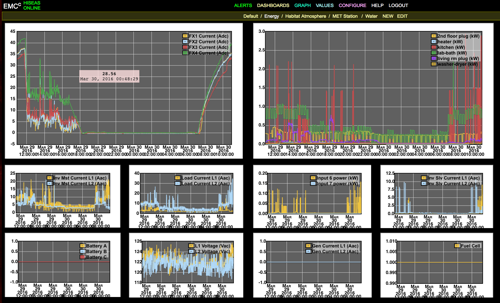On Friday, Sydney, Savannah and I had a Skype appointment with our contact at NASA in Florida, Mark Siebert. He introduced himself and his work: among other tasks, he is managing the tool supply astronauts need to take to moon, the ISS or mars. He explained the different components of an astronauts suit, and how they work. We discussed the air supply in a suit or in a space station and the fact that they do not get any fresh air, but that the CO2 is simply filleted out of their old air and oxygen is added. Interesting were the alternatives to transporting water, air and fuel to space: with the combustion of magma, oxygen and hydrogen could be captured and fuel or even oxygen for breathing could be won. Mark told us about Luxembourg's idea to capture water in outer space to supply astronauts. He further explained the purpose and execution of several missions and problems that occurred and why. It was one of the most interesting discussions I have ever had, as Mark could offer accurate and detailed insight on many of NASA's missions and projects.
This week we gathered to discuss what we did over break and what projects we would like to continue this quarter, combined graphs and datums on the EMC website and redesigned the dashboards, and talked to Mark Siebert from NASA. Next week we will continue to work on the dashboards and set up the Kiosk.
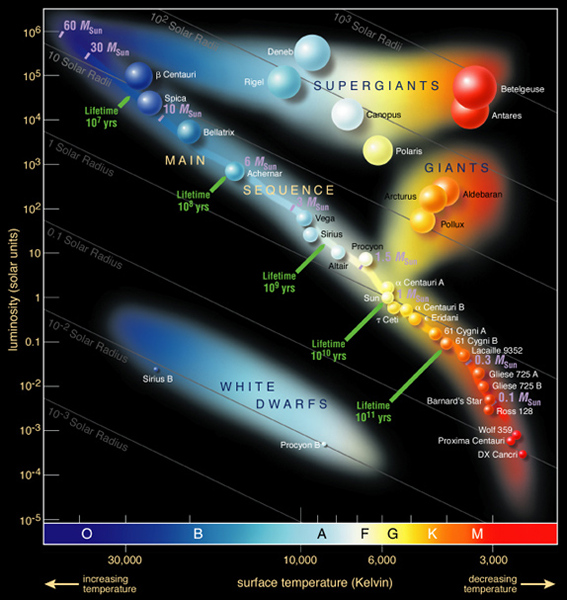
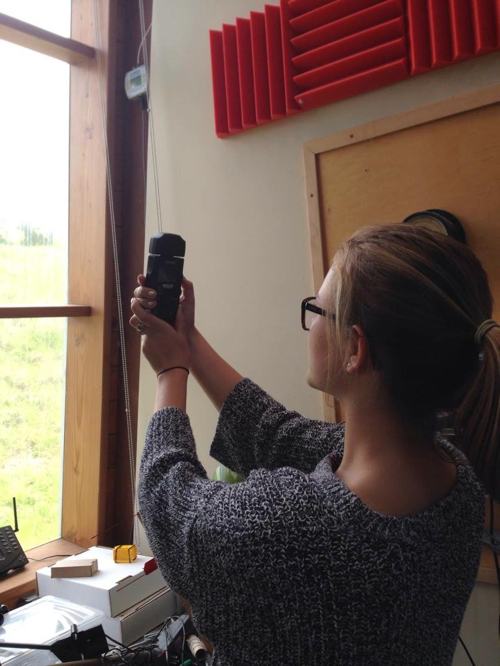
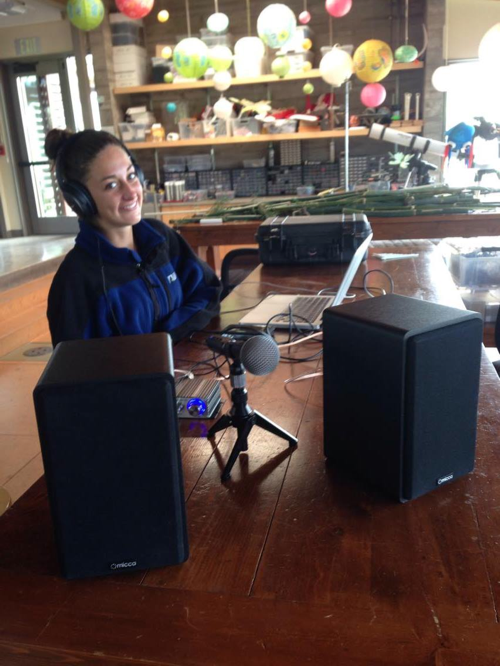 We used Fussmeasure to send out a noise through the speakers and record the sound reflected back by the surface we were shooting the sound at through the microphone. Through the graphs we were able to find out more about the sound-reflectivity of the surface.
We used Fussmeasure to send out a noise through the speakers and record the sound reflected back by the surface we were shooting the sound at through the microphone. Through the graphs we were able to find out more about the sound-reflectivity of the surface. 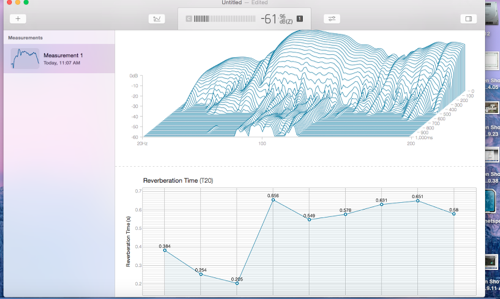
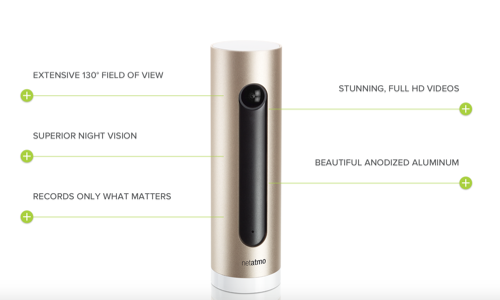 This week we had a lot of visitors, I learned about sequel and how to use it and installed the Netatmo Welcome. Next week I will continue to try out sequel and will continue to add faces to the Netatmo Welcome face recognition. Perhaps I will begin to work with Savannah on the smog sensor.
This week we had a lot of visitors, I learned about sequel and how to use it and installed the Netatmo Welcome. Next week I will continue to try out sequel and will continue to add faces to the Netatmo Welcome face recognition. Perhaps I will begin to work with Savannah on the smog sensor.